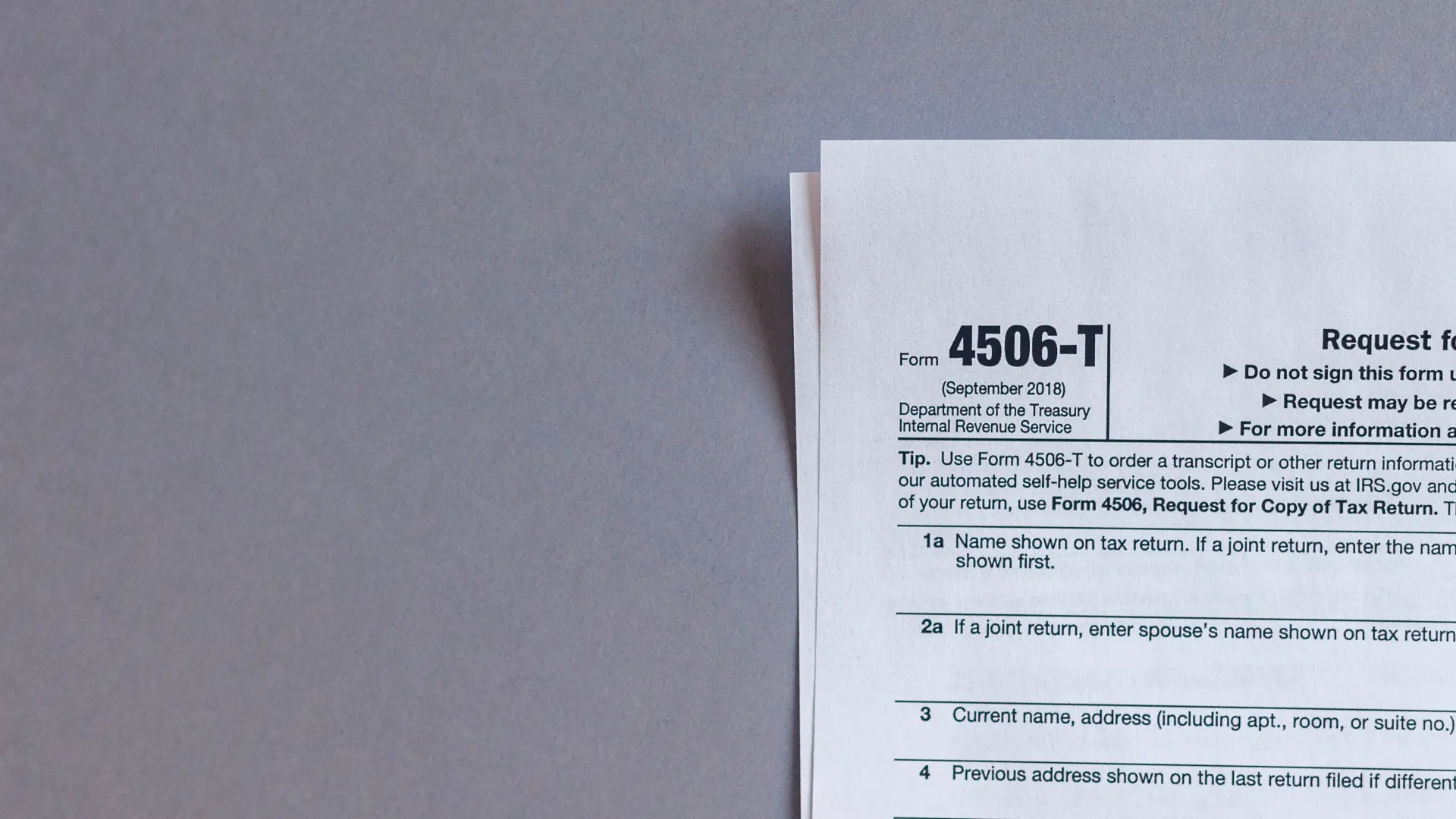A tax transcript from the IRS gives a detailed look at your tax info. You can use it for many things, like checking income for loans or social services. It also helps with IRS notices, filing tax returns, or getting lien releases. It's key for tax prep, mortgage apps, or checking loan eligibility.

An IRS tax transcript is a detailed record of a taxpayer's tax history. It comes from the Internal Revenue Service. It gives info on things like estimated tax payments and Advance Child Tax Credits. It also covers Economic Impact Payments and overpayments from past years. This makes it easier to prepare and file tax returns.
The IRS hides some personal info to fight identity theft. They cover the last four digits of Social Security numbers and other numbers. They also hide parts of your name and business name.
Even with some personal info hidden, tax transcripts are full of tax transcript financial information and what financial data is on a tax transcript. They show your tax liability, changes to your return, and account history. You'll see your Adjusted Gross Income (AGI) and more for the last four years.
They also list tax credits, withholding, and interest you might owe. Adjustments that lower your tax bill are shown too.
These transcripts also have basic info like marital status and AGI. They're good for the current year and up to nine years back. A special transcript combines tax return and account info for the last four years. Wage and income transcripts show up to 85 income sources for the last ten years.
In short, tax transcripts give a full view of your tax history and finances. They protect some info for privacy. Knowing what's in a tax transcript helps with tax and financial tasks.
The IRS provides different tax transcripts for various needs. You can get the Tax Return Transcript, Tax Account Transcript, Record of Account Transcript, Wages and Income Transcript, and Verification of Non-Filing Letter.
The Tax Return Transcript shows most details from your original tax return for the last four years. The Tax Account Transcript gives basic info like your filing status, AGI, and taxable income for the last year and up to 10 years back. The Wages and Income Transcript lists your W-2s, Form 1099s, and other income for the latest year and the past 10 years.
The Verification of Non-Filing Letter shows the IRS didn't get a Form 1040 from you for a certain year. It's available for the current year and up to three years before. Lenders often ask for two years of tax info to check your income. They usually prefer getting this info directly from the IRS. Also, people applying for Medicaid may need to provide their tax transcript.
Getting an IRS tax transcript is useful for many things, like applying for financial aid or getting a mortgage. Knowing about the different transcripts and their uses can make sure you have the right documents when you need them.
Taxpayers have several easy ways to get their tax transcripts. The best way is to use the IRS's Get Transcript Online service. Here, they can view, print, or download all types of transcripts. They can also order transcripts by mail or by calling the IRS at 800-908-9946.
The Online Account service gives quick access to tax transcripts, usually in 5 to 10 days.Taxpayers can see all transcript types online. This includes Tax Return Transcript, Tax Account Transcript, Record of Account Transcript, Wage and Income Transcript, and Verification of Non-filing Letter.
If you don't like online services or can't use them, you can ask for transcripts by mail or phone. Just fill out Form 4506-T, Request for Transcript of Tax Return, and send it by mail or fax. Or, call the IRS at 800-908-9946 to get a transcript. These transcripts usually arrive in 5 to 10 calendar days.